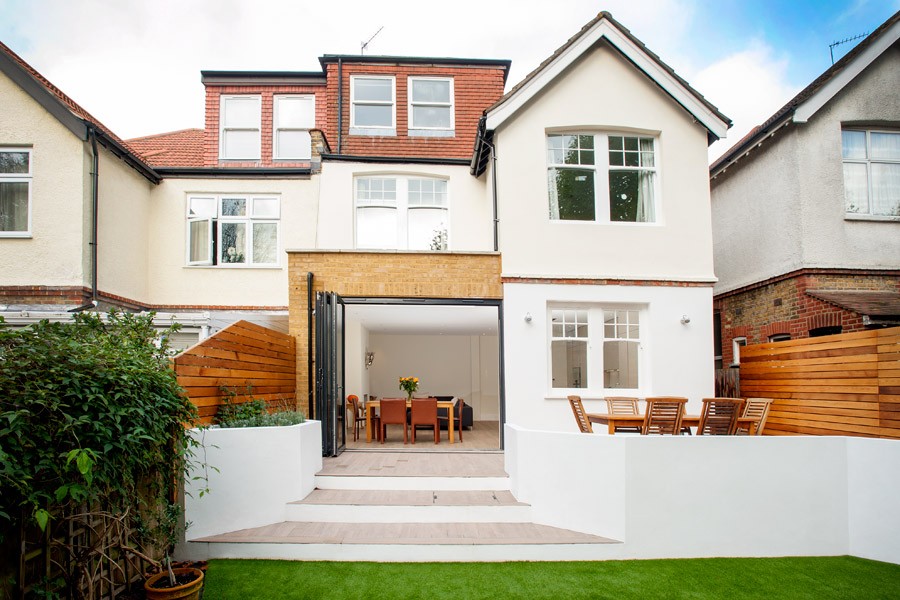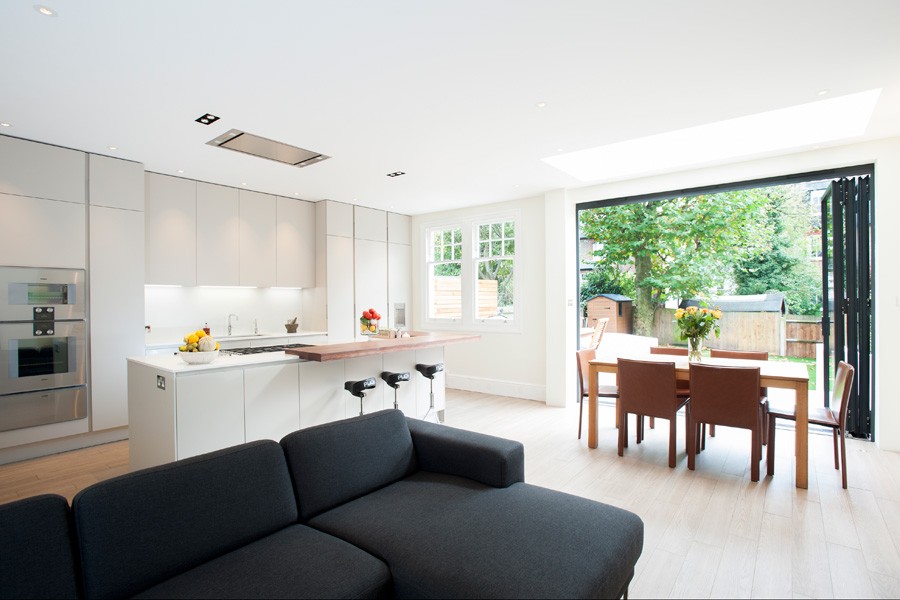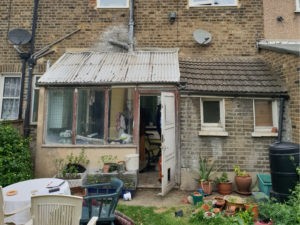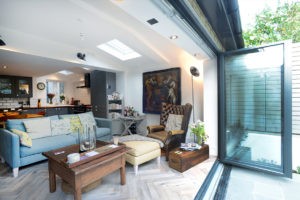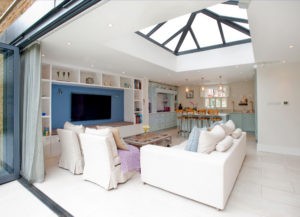We are frequently approached by prospective clients who query whether living in a conservation area will affect their planning application. The short answer is yes it does (a bit). All planning applications have to be submitted with restrictions in mind and being in a conservation area usually means you have a few more hoops to jump through. The good news is, with some careful design considerations and an experienced Design Team to guide you along the way, you’ll have no problem getting approval for a scheme you love, regardless of your location!
We’ve put together some information which describes what a conservation area is, how it will affect your extension, and what exactly is required for planning consent.
What is conservation area?
Your local council will oversee your conservation area and will consider it as an area worthy of preservation because of its special architectural or historic heritage. They will limit significant changes that affect the character of the property however if a design enhances the area, it can be encouraged.
While all conservation areas are monitored by their local councils, many areas have further protection from estate agencies like the Dulwich Estate.
How can it affect your extension?
Each council has a supplementary planning document (SPD) whereby it outlines design allowances and restrictions. Every council has very similar SPD’s to one another however they do vary slightly in what can be done.
The material of your extension is a key factor in conservation areas and something that your local council will look at carefully to ensure it is in keeping with the original build. In most occasions, in London, you will require London stock brick to match the existing.
The size of the extension must also be in keeping with its local area. The boundary height can be an issue during the design phase as local councils will be careful not to approve a scheme that blocks natural light into the neighbouring property.
What is required for planning?
The submission to planning is usually a lengthier process if you’re in a conservation area; it’s all dependent on your local council and the area you are in. Additional documentation is usually requested by the council to provide justification or evidence to support the application and can range from a Design and Access Statement, a Heritage Statement, a Tree Survey Report, a Flood Risk Report, and there are some more which are dependent on the works being carried out.
If you live in a conservation area and want to extend, don’t be put off by the extra conditions. We have had loads of successful planning applications for conversions areas all over London and have recently built one of our designs in Streatham, SW2. For this particular project, which is in the Telford Park Conservation Area, we took a sympathetic approach to retain the character and original fenestrations of the period sash windows. We ensured all work was subordinate to the host


